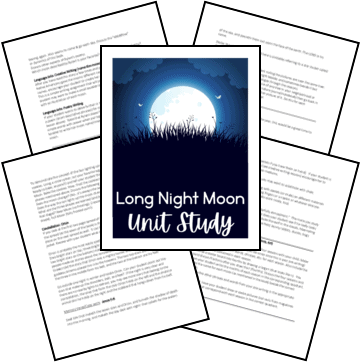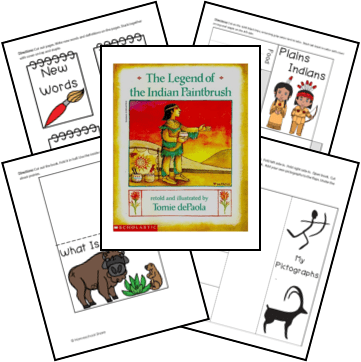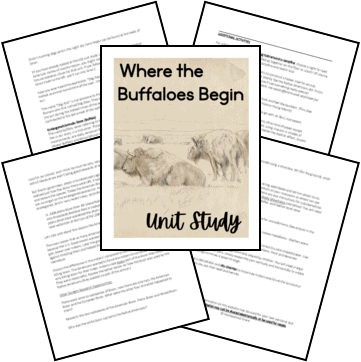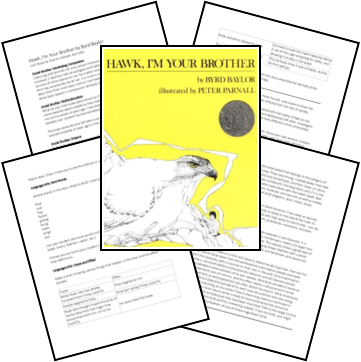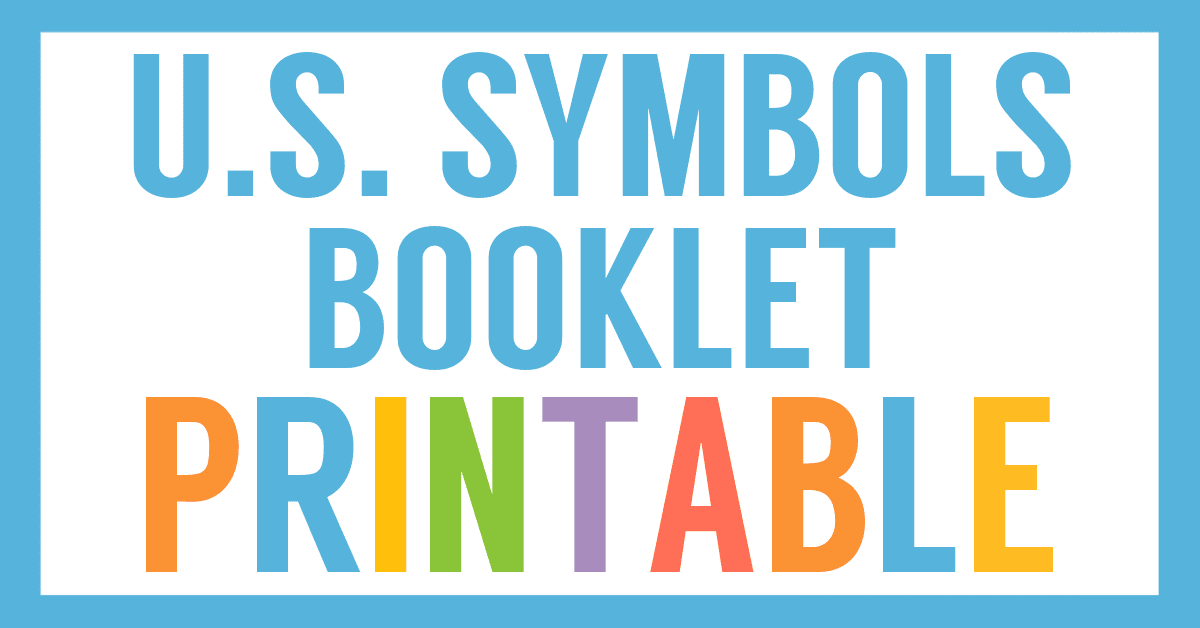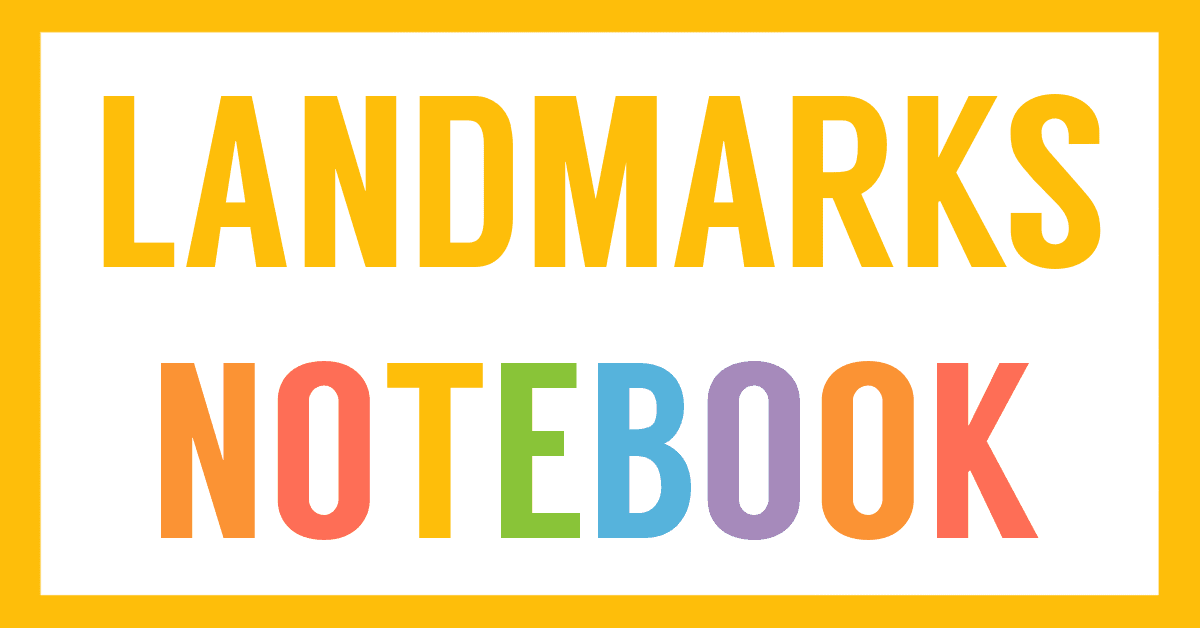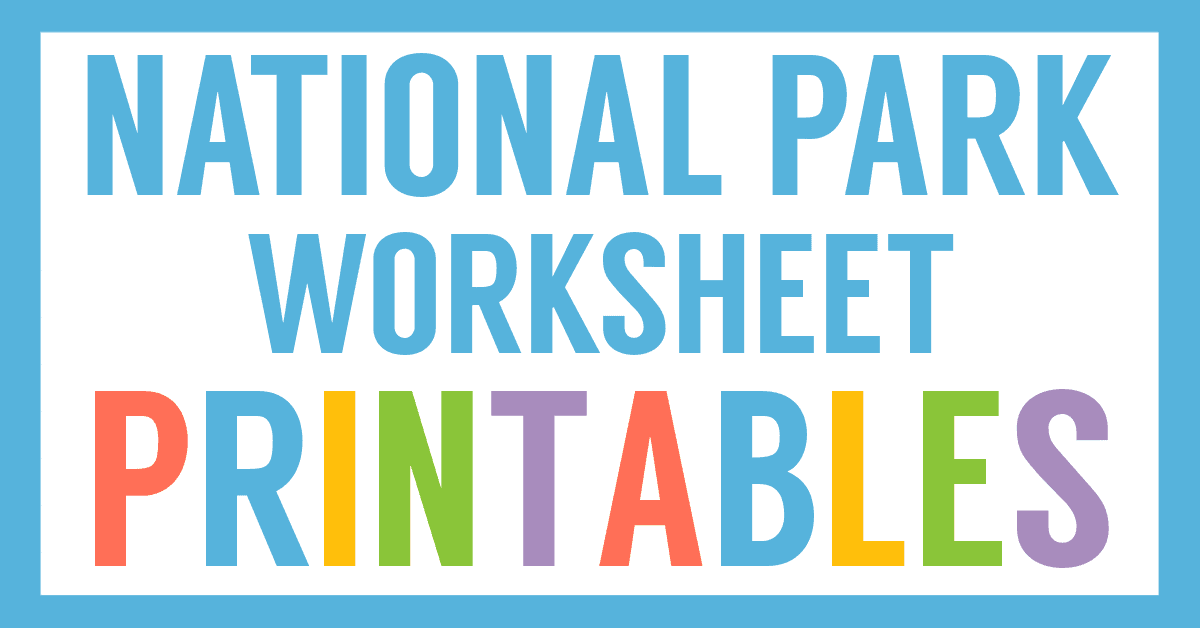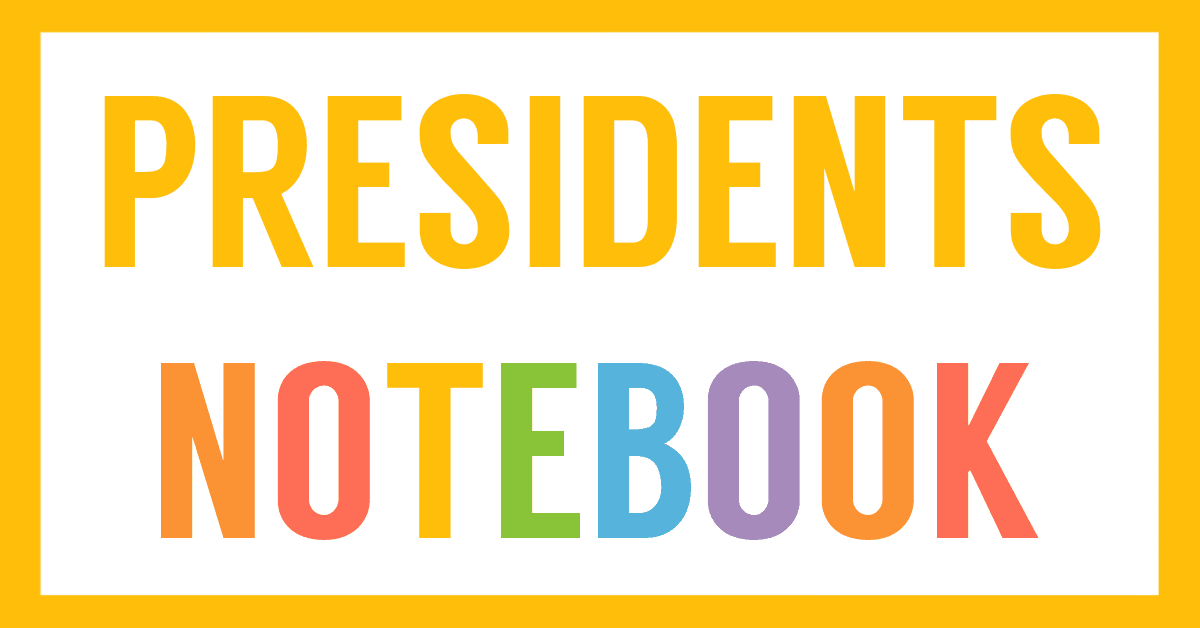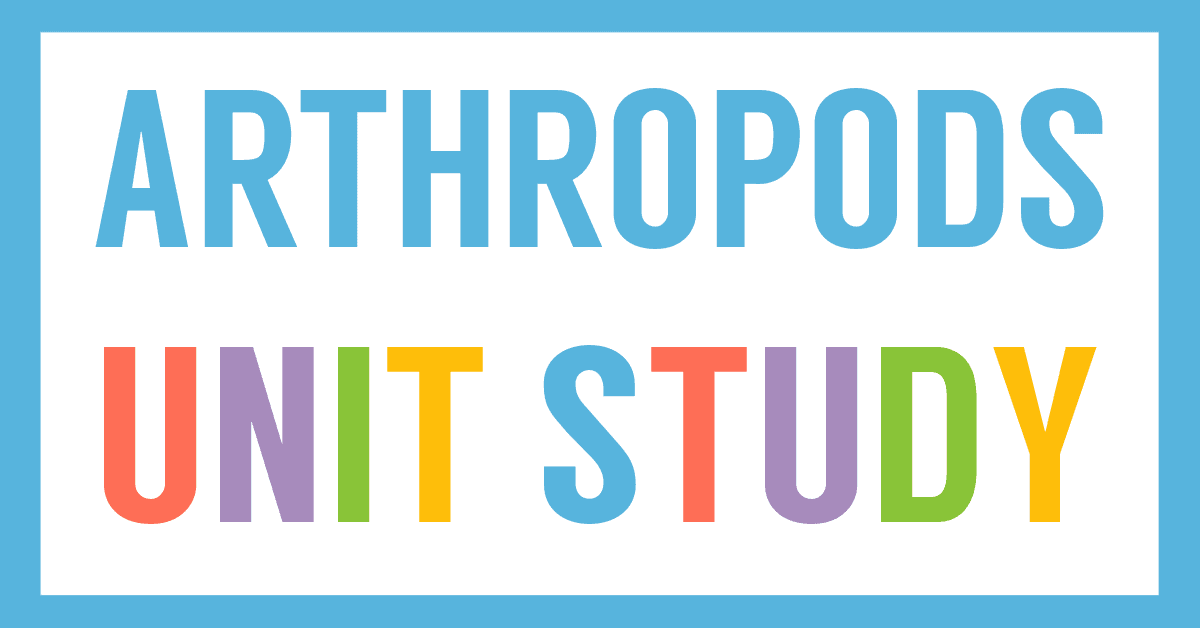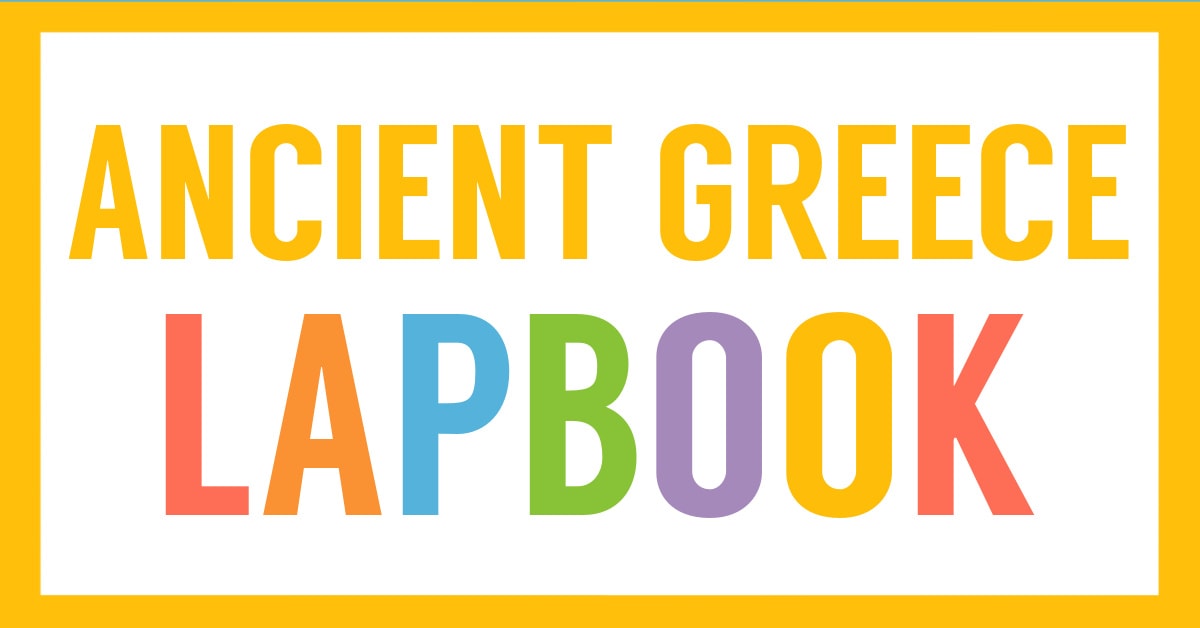Affiliate Disclaimer
We sometimes use affiliate links in our content. This won’t cost you anything, but it helps us to keep the site running. Thanks for your support.
This unit study includes lessons and activities based on the book Long Night Moon by Cynthia Rylant.
Long ago Native Americans gave names to the full moons they watched throughout the year. Each month had a moon. And each moon had a name.
Grab our Long Night Moon unit study to explore what might be revealed in one spot over one year by twelve unique and exquisite full moons.
Thanks to Michelle Armstrong, Celia, and Helena Gosline for preparing this Long Night Moon unit study.
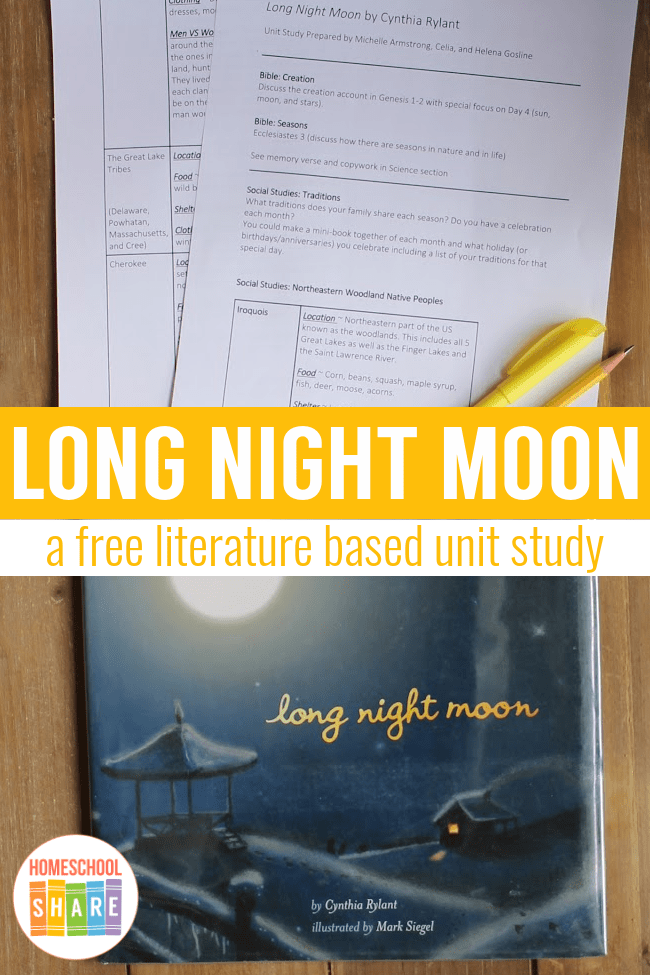
Long Night Moon Unit Study Lessons
Here is a sample of the lessons found in this Long Night Moon unit study:
Social Studies: Iroquois Peoples
Location: Northeastern part of the US known as the woodlands. This includes all 5 Great Lakes as well as the Finger Lakes and the Saint Lawrence River.
Food: Corn, beans, squash, maple syrup, fish, deer, moose, acorns.
Shelter: Long houses
Clothing: Deerskin breechcloths, fringed dresses, moccasins
Men vs. Women: The women ran things around the home. The elder women were the ones in charge. The men cleared the land, hunted, fished and fought in wars. They lived in clans. The clan mother headed each clan and selected the men that would be on the council. When they married the man would join the women’s clan.
Language Arts: Vocabulary
- Moon: a satellite that orbits a planet
- Month: a set of days to measure time that follows closely the period of the moon’s revolution. Approximately 30 days or four weeks
- Year: a set of months to measure time. There are twelve months in a year
- Hope: to expect with confidence
- Path: a worn area that leads from one place to another
- Wait: to remain in place in readiness or expectation of something
Science: The Moon and Moon Phases
Despite various legends and myths, the moon is not made of cheese or anything soft; there also isn’t any life on the moon! It’s a big ball of rock–a dry, dusty place lacking air and water. The surface of the moon is rocky with hills and huge holes (craters). These craters are caused by rocks floating through space that crash into the moon.
As the moon moves around Earth, the Sun lights up different parts of the moon making it seem like the moon changes shape. However, the moon’s shape is always the same.
New Moon– This is when the sun shines behind the Moon, we can’t see the “light” side
Crescent Moon– This is when you can only see part of the Moon
Full Moon– This is when the sun lights up one entire side of the Moon
You can grab a copy of the entire Long Night Moon unit study in an easy-to-print file at the end of this post.
How to Get Started with the Long Night Moon Unit Study
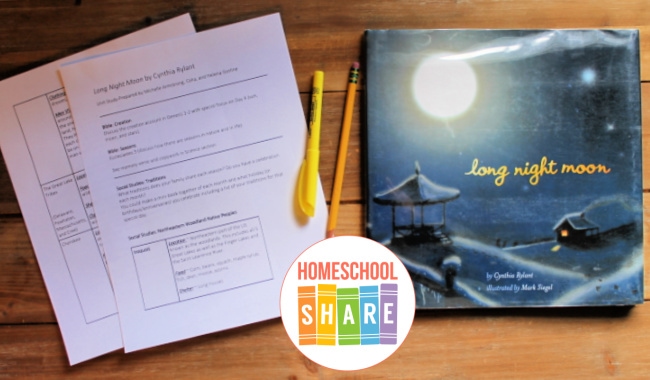
Follow these simple instructions to get started with the Long Night Moon unit study.
- Buy a copy of the book, Long Night Moon, or grab one from your local library.
- Print the Long Night Moon unit study.
- Choose the lessons you want to use with your student (a highlighter works great for this).
- Enjoy a week of book-based learning with your student.
Download Your Long Night Moon Unit Study
Simply click on the image below to grab the free Long Night Moon unit study.
More Resources for Learning About American Indians
Head to the Tip-Top Printables Shop and grab this set of file folder report forms to learn more about American Indians.
You can also learn more with these resources:

